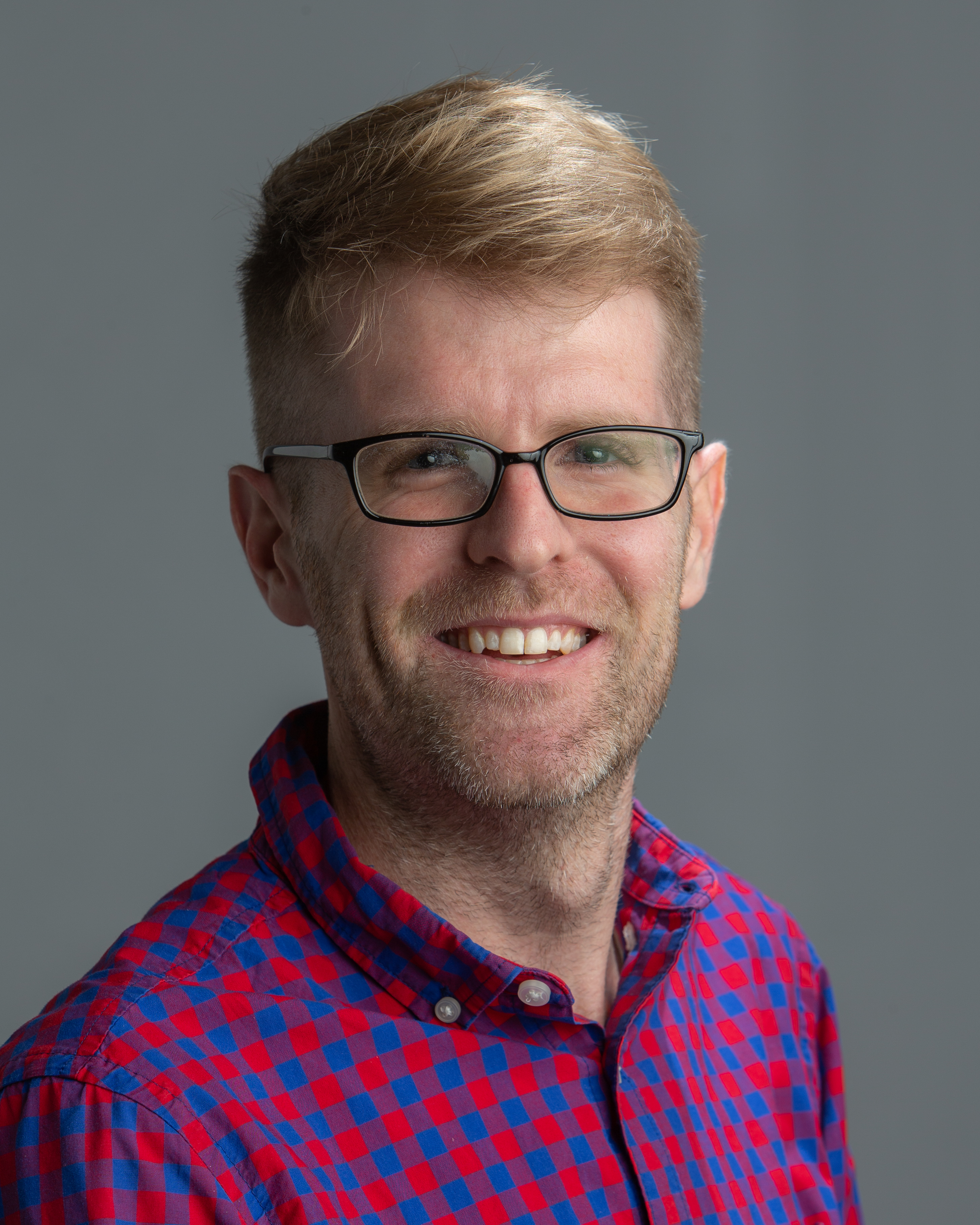Santa Claus May Live on The North Pole, But He Was Born In New York City

Queensborough Community College Historian Tim Keogh Sheds New Light on this Merry Legend
Santa Claus was born in the world’s biggest melting pot city. He was the product of prominent merchants, famous authors, renowned poets, and celebrated artists inspired by each other to create one of the most iconic characters in folklore tradition.
Queensborough historian Dr. Tim Keogh recently appeared on CUNY-TV's Slice of New York to explain the origins of Santa and the modern conception of Christmas. Following is QCC’s conversation with him on the modern origins of this holiday, the political figures of the time, and the socio-economic culture in 19th century New York City.
QCC (Queensborough Community College): When was Santa born?
Keogh: The origins of Santa Claus and the modern conception of Christmas was created in the early 1800’s in New York City by prominent merchant John Pintard. He promoted St. Nicholas Day at the New York Historical Society gatherings, in which stockings were hung, and gifts exchanged on a modest scale—as an alternative to two centuries of the lavish gift-giving on New Year's Day among the city's rich.
QCC: Could you explain the ripple effect of this transformation?
Keogh: Washington Irving, author of the iconic Legend of Sleepy Hollow, enjoyed life in the literary upper-class. He was a member of the New York Historical Society and knew Pintard, helping to cultivate the myth of St. Nick as a friendly, beloved Santa Claus in his satirical Knickerbocker’s History of New York. Irving’s friend, Columbia University trustee and real estate developer Clement Clarke Moore, added the background story to the Santa character in the famous `Twas the Night Before Christmas poem in 1823. And political cartoonist Thomas Nast popularized the modern image of the red-suited Santa Claus we know today.
QCC: And were there other ways influential people spread the joy of the holiday season?
Keogh: Yes. This semester, I focused on Big Tim Sullivan (BTS), a charismatic politician with a big heart who knew how to line his pockets and genuinely care for his constituents. – In 1894, the Tammany Hall politician began hosting the famous "Sullivan Association" Christmas dinners in the Bowery to help feed the homeless and poor. Unlike the wealthy-funded Salvation Army dinners uptown, where the affluent watched the poor eat what the well-to-do donated to them, Sullivan mingled with the less fortunate. He was once among the poor himself. He connected with the community and people identified him as one of theirs. From an early age he knew how to make friends while being a politician. Corrupt yes but also a friend to the poor, like all New York’s Democratic Party machine politicians promoted themselves.
QCC: What part of this history do your students most identify with?
Keogh: First, let me say that I earned my associate degree at a community college and from that experience I formed a deep appreciation for genuine opportunity and diversity in all its meanings. I feel incredibly lucky to be working here in a caring, inclusive learning environment for students and teachers.
My students especially identify with the famous picture of reformer Jacob Riis, author of How the Other Half Lives. Riis, A Queens resident (and avid Christmas Caroler!), snapped photographs of the squalid conditions and small sizes of Lower East Side apartments at the turn of the century. My students are constantly struck by his images of the destitute. But they see parallels between the tiny apartments of the 19th century and the shrinking units in New York today! A TikTok influencer goes around New York City apartments that are 300, 400 square feet. What does the housing crisis look like today? My students understand that kind of stress. It is important to make connections to what has changed – and more importantly, what has not.
Dr. Tim Keogh, a CUNY graduate, is an Assistant Professor of History at Queensborough Community College. He earned an A.A. in Liberal Arts from Nassau Community College (2005), a B.A. in History from Hofstra University (2007), a master's degree in history from Hunter College (2010), and a master's in philosophy and Ph.D. in History from the Graduate Center, City University of New York.
Before joining the faculty at Queensborough, Dr. Keogh taught undergraduate and graduate courses at Queens College and York College at the City University of New York. At Queensborough, he teaches U.S. History, Latin American History, and the History of American Cities.
-END-
###



